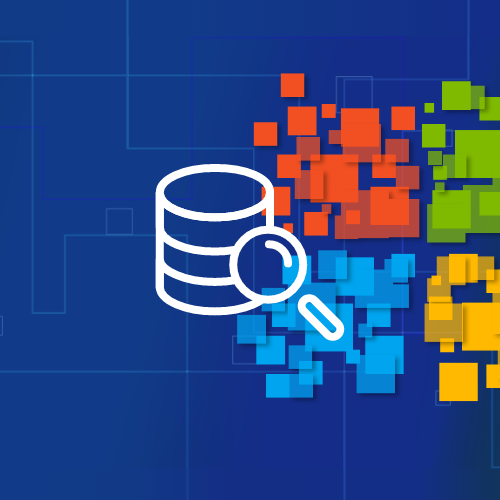What is eDiscovery?
Electronic discovery (eDiscovery) is identifying, collecting, and producing electronically stored information (ESI) in response to a request for information in a lawsuit or investigation. This usually includes emails, documents, databases, audio, and video files.
eDiscovery can be associated with litigation, which has a specific requirement that documents be put on a legal hold or litigation hold (not to delete or change) while the case is open, and should be allowed to search for specific needs. The legal hold is released once the case is closed.
Microsoft’s eDiscovery
Microsoft allows Microsoft 365 customers to enable eDiscovery capabilities via their E3 and E5 licenses.Core eDiscovery allows eDiscovery managers to create cases and legal holds, and search for data. This allows users to put legal holds on various Microsoft cloud locations, including Exchange emails, OneDrive, SharePoint, and Teams data.
Advanced eDiscovery is built on top of existing eDiscovery capabilities and provides an end-to-end workflow to preserve, collect, analyze, review, and export data. This lets users create custodians to group locations together. Read more about advanced eDiscovery in Microsoft’s documentation here.
Users can explore results via a plug-in connected with Microsoft Edge.
License requirements
Microsoft 365’s E3 license provides core eDiscovery capabilities while its E5 license provides both core and advanced eDiscovery capabilities. E3 users can add advanced eDiscovery features with an extra add-on that costs $10 per user.
Core eDiscovery process
Core eDiscovery in Microsoft 365 provides a basic eDiscovery tool that organizations can use to search and export content. Core eDiscovery can place an eDiscovery hold on content locations, such as Exchange mailboxes, SharePoint sites, OneDrive accounts, and Microsoft Teams, to search, export, and preserve content.
Below is a sample workflow on how core eDiscovery works:
- eDiscovery managers create a case
- Add locations (Exchange mails and OneDrive/SharePoint contents, chats and messages) and create legal hold(s)
- Search data, preview results and export contents to Azure Blob Storage
- Can use export tool to download and review the data
- Exported results will be kept for two weeks
- Once a case is resolved, it will be closed and all holds will be released




